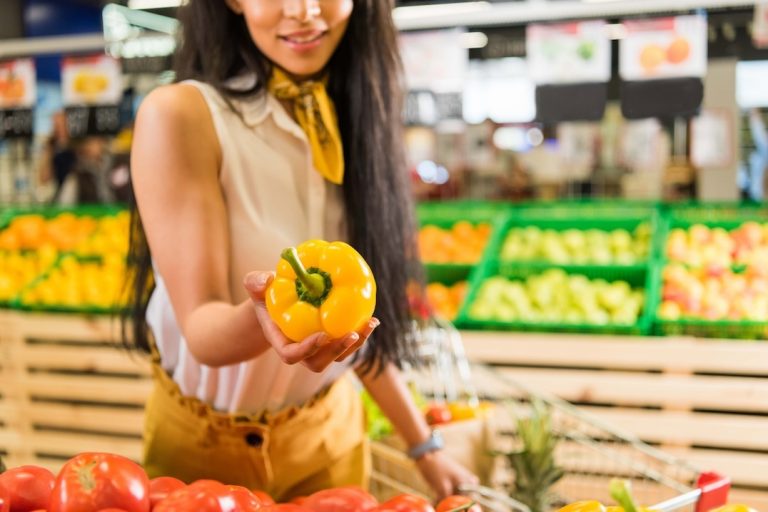Greenhouse growing is playing a significant role in protecting and supporting bee populations, which are essential to global food production. While traditional agriculture has faced challenges related to bee decline due to pesticide use, habitat loss, and climate change, greenhouse growing offers a controlled environment where bees can thrive and contribute to sustainable food production. By incorporating innovative pollination methods, reducing pesticide exposure, and creating bee-friendly environments, greenhouses are helping to save these critical pollinators.
Reducing Pesticide Exposure for Bees
One of the primary threats to bee populations worldwide is the overuse of pesticides in traditional field agriculture. Many commercial pesticides, particularly neonicotinoids, have been linked to bee colony collapse disorder (CCD), disrupting bees’ ability to navigate and forage effectively. In open-field farming, pesticides can easily spread to surrounding wild habitats, affecting native pollinators as well.
Greenhouse growing significantly reduces the need for chemical pesticides. Because greenhouses are closed environments, they offer natural protection against pests and diseases, eliminating the need for heavy pesticide applications. Instead, many greenhouses use integrated pest management (IPM) strategies, including:
- Biological pest control, where beneficial insects like ladybugs and predatory mites manage harmful pests naturally.
- Physical barriers that prevent harmful pests from entering the greenhouse in the first place.
- Selective and targeted treatments, reducing the risk of bees coming into contact with harmful substances.
By limiting pesticide exposure, greenhouse growing creates a safer space for bees to pollinate without experiencing the harmful effects of toxic chemicals.
Encouraging Natural Pollination in Greenhouses
Unlike traditional outdoor farms, where bees can roam freely, greenhouses require a more structured approach to pollination. Many commercial greenhouse operations rely on bumblebees for pollination because they are more efficient at pollinating in enclosed spaces than honeybees. Bumblebees have a unique ability called buzz pollination, where they vibrate their bodies to release pollen from flowers—a technique particularly effective for crops like tomatoes, peppers, and eggplants.
By using managed bumblebee colonies inside greenhouses, growers ensure efficient and reliable pollination while providing bees with a stable and protected environment. These greenhouse pollination systems offer several benefits:
- Higher crop yields due to more precise and frequent pollination.
- Healthier bee populations, as they are not exposed to external threats like habitat destruction and predation.
- Year-round activity, ensuring pollination even when outdoor conditions are not suitable.
Providing a Stable and Safe Habitat for Bees
Habitat loss is one of the leading causes of bee population decline. As urbanization expands and wildflower meadows disappear, bees struggle to find the food and shelter they need to survive. Greenhouses provide an alternative habitat where bees can thrive without the dangers of habitat destruction.
Many greenhouse operations go a step further by incorporating pollinator-friendly plants within and around their facilities. By planting wildflowers, herbs, and nectar-rich flowers nearby, they create bee-friendly zones that supplement pollination efforts and provide bees with additional food sources.
Some greenhouses also participate in bee conservation programs, working with beekeepers to protect and repopulate bee colonies. By creating environments that mimic natural ecosystems, greenhouse growers help sustain bee populations while ensuring their crops receive the pollination they need.
Lower Carbon Footprint and Sustainable Growing Practices
Greenhouse growing is often more resource-efficient than traditional farming, reducing the environmental impact that contributes to climate change—a key factor in bee population decline. With controlled irrigation, closed-loop water systems, and renewable energy sources like solar and geothermal power, greenhouses minimize their carbon footprint while still producing high-quality crops.
Climate change has disrupted bee migration patterns, flowering cycles, and food availability. By providing a stable environment, greenhouses allow bees to continue their essential work without being affected by extreme weather events, habitat destruction, or seasonal fluctuations.
The Future of Greenhouse Growing and Bee Conservation
As the agriculture industry moves toward more sustainable and pollinator-friendly practices, greenhouse growing is expected to play an even greater role in bee conservation efforts.
By providing a safe haven for bees, reducing pesticide use, and ensuring year-round pollination, greenhouse growing is proving to be a vital ally in the fight to save bees. As consumers become more conscious of their food choices, supporting greenhouse grown produce contributes to both environmental sustainability and pollinator conservation—ensuring a healthier planet for future generations.




